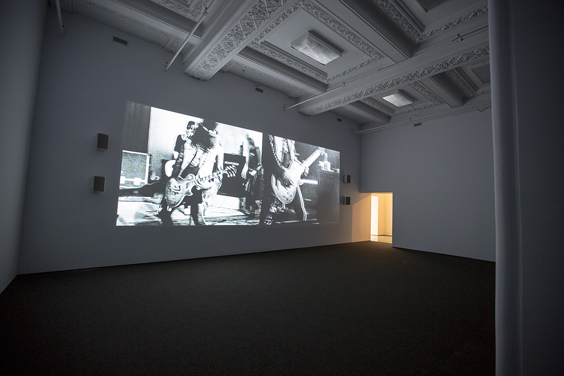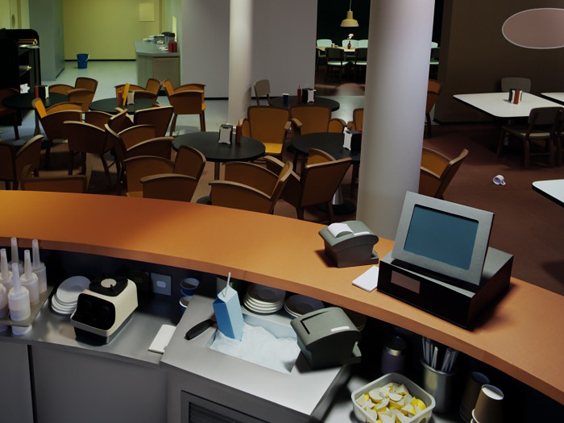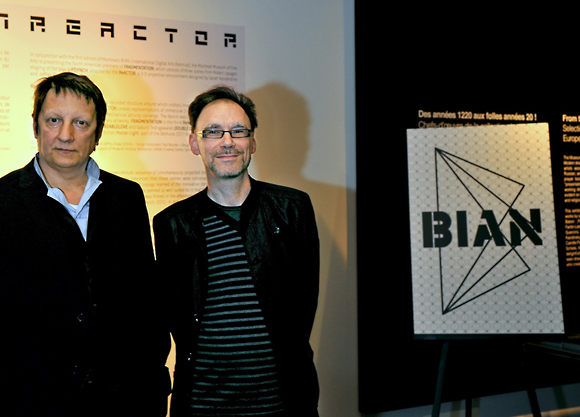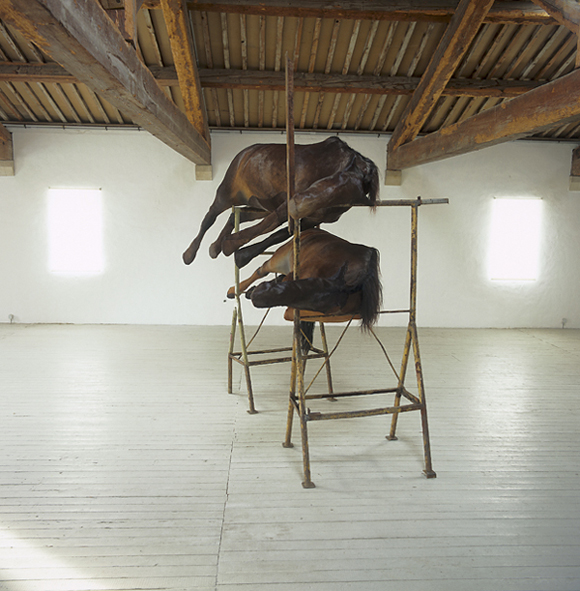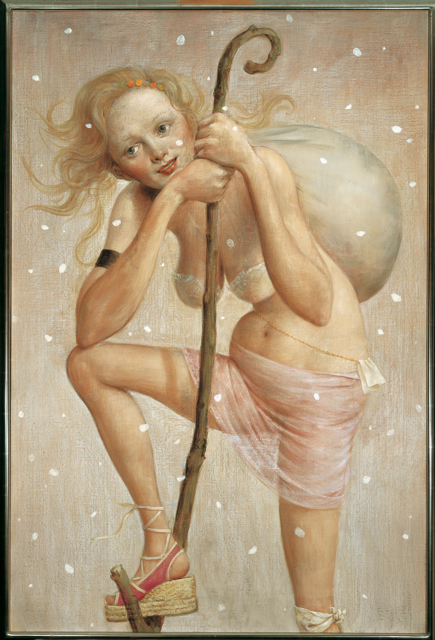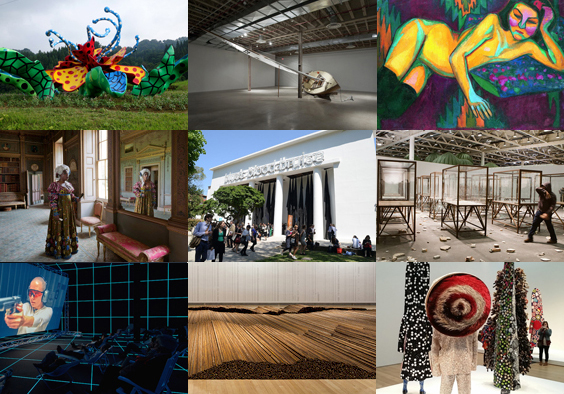
See below for image credits.
As we reach the end of 2015, M-KOS again invited a selection of art professionals for our fifth annual survey to share their most memorable exhibitions, art works, performances, events and other moments of this past year. All these were memorable from the perspectives of our invited reviewers, yet surely some entries can be debated by our readers joining us in the comments section below. All are welcome to suggest any other must see art moment in this year’s art listings.
This year’s participants include: Jonathan Shaughnessy (Associate curator, National Gallery of Canada, Ottawa); Cheryl Sim (Curator, DHC/ART, Montreal); Thomas Kneubühler (Artist, Montreal/Switzerland); Dominique Fontaine (Independent curator/Founding director of aPOSteRIORI, Montreal); Guy Sangster Adams (Editor, Plectrum – The Cultural Pick, London, UK); Maria Ezcurra (Artist/Art educator, Montreal/Mexico); Romeo Gongora (Artist, Montreal); Karen Tam (Artist, Montreal); Stephen Connolly (Film maker, London, UK); Oli Sorenson (Artist/Editor, M-KOS, Montreal); Miwa Kojima (Managing editor, M-KOS, Montreal)
Continue reading “Memorable Exhibitions 2015”

